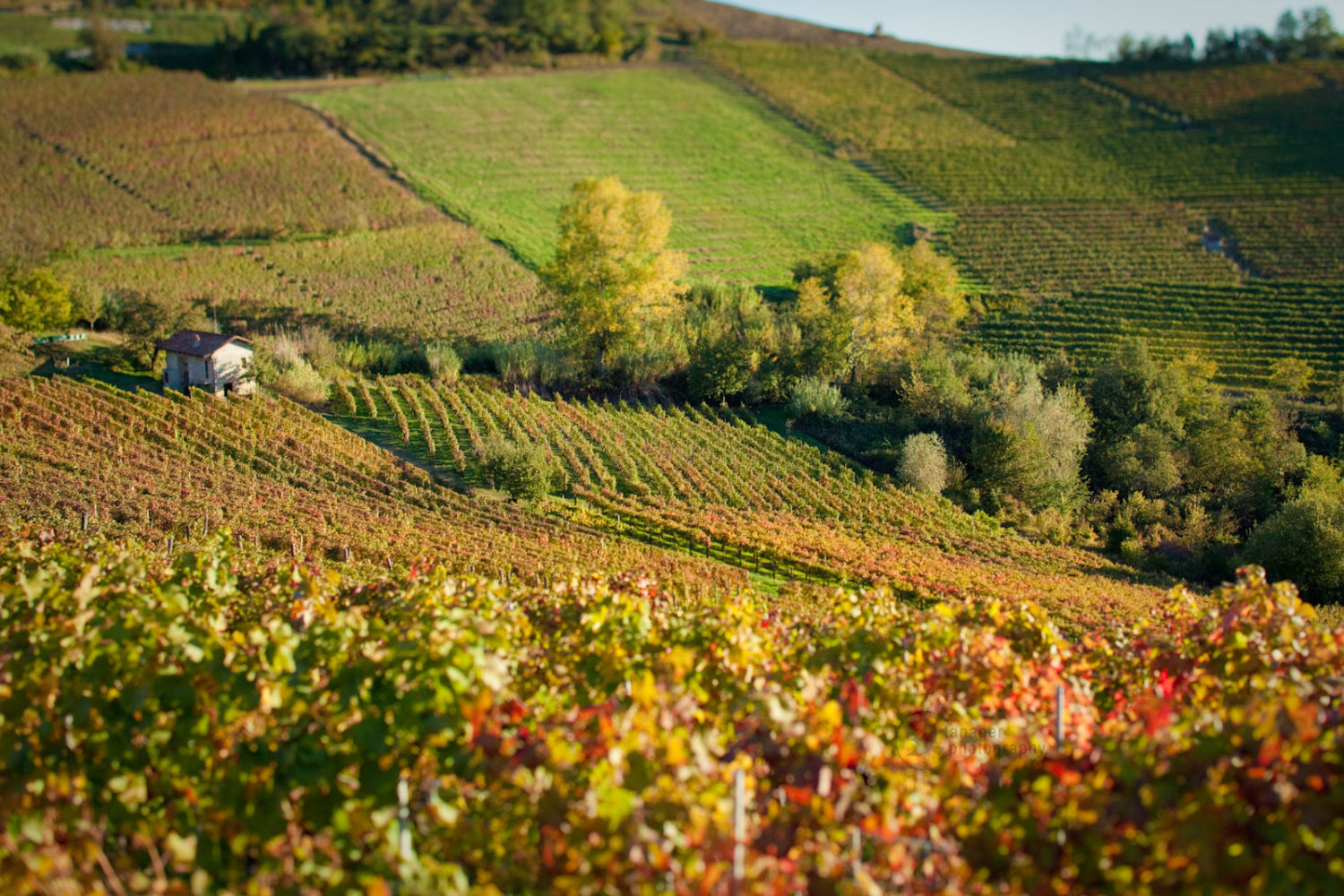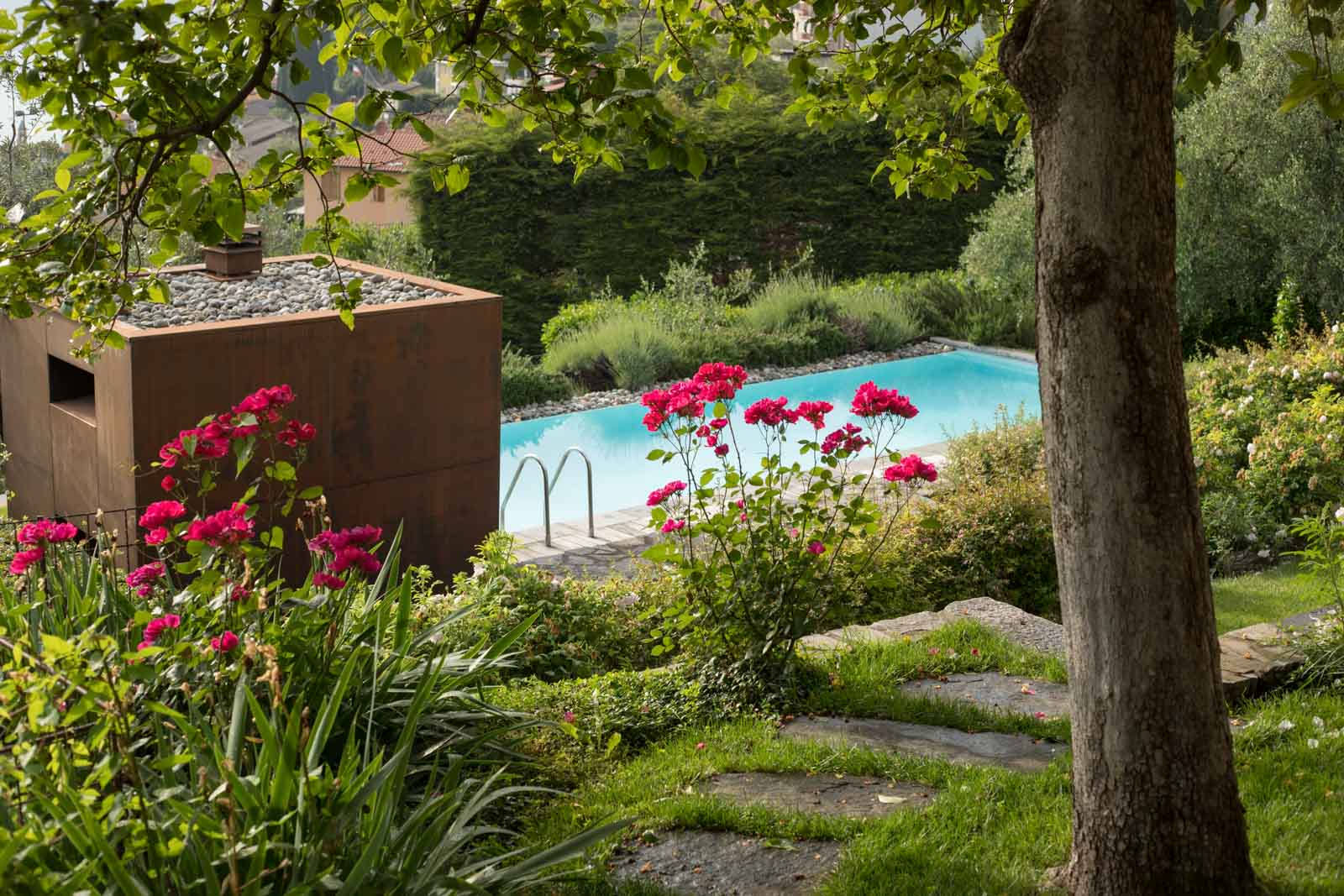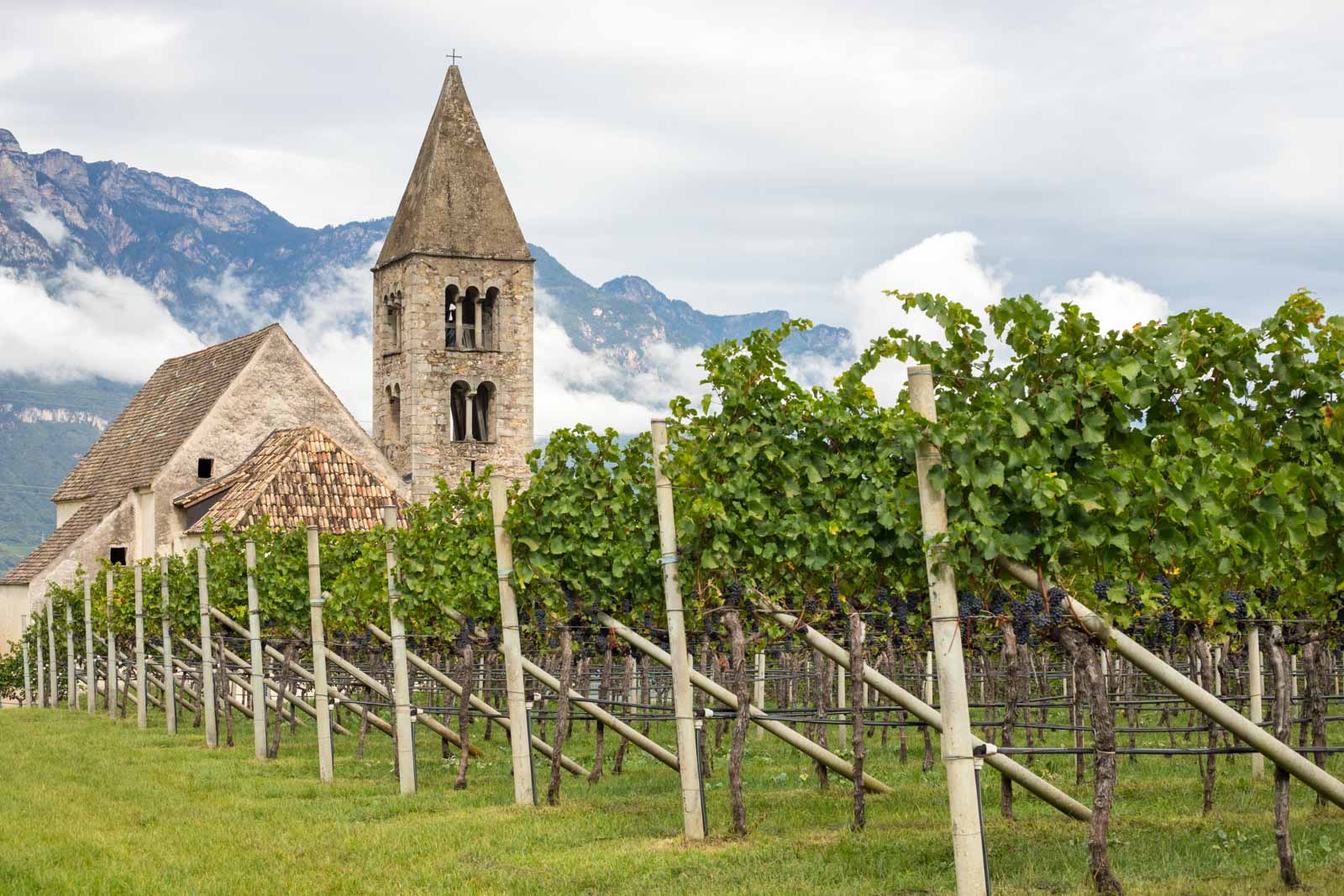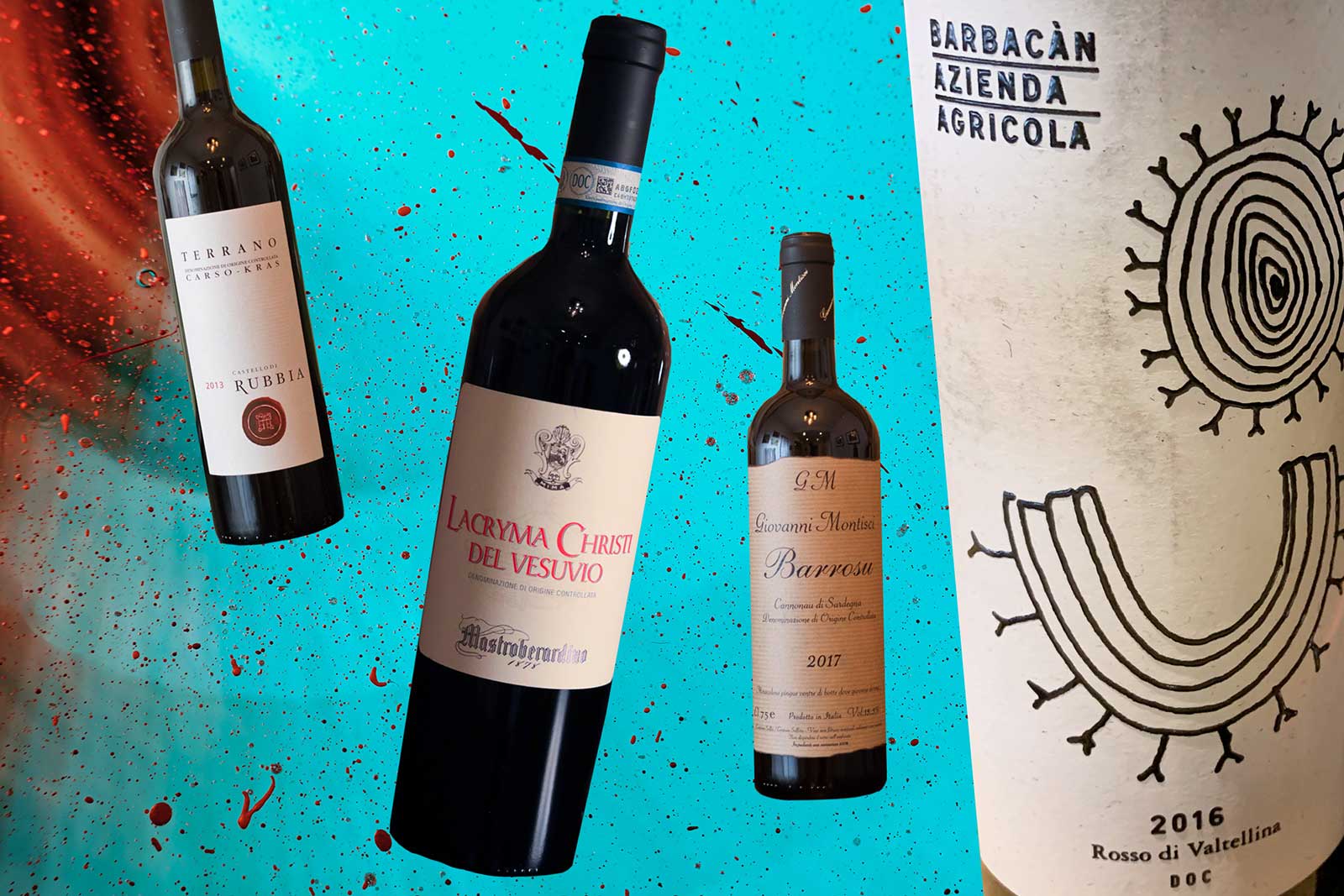Fall is my favorite season for being in the kitchen. It is all-to-tempting to wax poetic on hazelnuts and pumpkin, pear and sage, or rediscovering the jar of nutmeg.
But the truth is, I’m just like a bear. Fall is when a primal desire to fatten up for the winter takes over. Simply put: fall is when I enjoy eating the most.
There are several takes on what makes a good wine for fall. You could take the color-picker approach and drink a Viognier to match the turning leaves. Or you could make like a squirrel and look for wines with nutty notes.
In all honesty though, the only wines that don’t work well in fall are the ones you’ve been drinking all summer: light, crisp and refreshing whites and rosés that are best served chilled. That was great a month ago. It’s time to put on a sweater and start seeking out wines that warm the soul.
Here are the styles of wine that feel most appropriate for the fall.
Chardonnay (Oaked vs. Unoaked)
Think autumn white wines, and invariably the heavier ones come to mind. The most ubiquitous member on that list is Chardonnay, but whittling down a good one can be overwhelming considering the glut of Chardonnay on the market.
Chardonnay is like two different wines depending on the use of oak (or lack thereof) during aging. I prefer unoaked Chardonnays because they tend to support heavily herbed dishes better — and in fall, I’m cooking with a ton of herbs like rosemary, thyme and parsley. Oaked Chardonnays are more buttery (another favorite thing to O.D. on in fall), but overly ripe, oaked Chardonnays can overwhelm even the most flavorful of dishes. To me, they’re a bit of a gamble.
So instead, seek out the unoaked classic, Chablis (if you are going Old World), or study the labels of New World wines for words such inox or no oak from these cool-climate regions: Hawkes Bay, New Zealand; Chehalem Mountains, Oregon; Anderson Valley or Santa Lucia Highlands, California.
One of my favorite unoaked Chardonnays is Chehalem Winery’s INOX Chardonnay, which is surprisingly rich for not having any time in oak barrels. But if you do like oaky Chardonnays (and they can be a delightful treat when you find a toned-down one), look for Bridlewood Estate Winery.
Rustic & Subtle Reds from France
All year long, I’ve been doing my best to dive deeper into French red wines not called “Bordeaux” or “Burgundy.” But its been a bit of wine whack-a-mole: every time I discover an interesting one that I love, a new one comes to my attention that is equally good.
The ones that work best for fall have a medium to full body, nuanced flavors, and a fair amount of tannin. Remember: winter is around the corner, so we can save such ass-kickers as Vacqueyras and Cahors for then.
Three French wine regions worth exploring this season are Chinon, Corbières and Fitou.
Chinon is located in the Loire Valley and is primarily made of Cabernet Franc. It is bold, but very nuanced and endearing over a slow meal. (More to come on Chinon in the coming days).
Corbières strikes me as the ultimate, rustic, no-fuss red for the season. It’s profile is slightly decadent with raspberry and earthy notes, and it includes a tannic touch that is just right for creamy soups or roasted meats. Fitou is fairly similar in construction (both are red blends, usually with some Grenache, Mourverde and/or Syrah), and goes very well with smoked meats and wild game.
Dry Amontillado Sherry
Few things taste more autumnal than a dry Sherry. In particular, its rich, caramel-and-nut flavors and warming alcoholic touch seem ideally suited for that cutting breeze that rustles the leaves. For the most part, there are two types of Sherry — sweet and dry, I prefer dry — and within that, numerous categories of dry Sherry. My loyalties are with Lustau’s Puerto Fino Los Arcos, made in the Amontillado style, but there are several other Sherry styles to explore. What I like about this wine is its light touch on the palate, and the almond and golden raisin finish that lingers for ages.
I don’t drink a whole lot of Sherry because I tend to drink wine with food. “How criminal,” some might say, “to suggest that Sherry does not go well with food!” But here’s the thing: due to its higher alcohol (between 15%-20%) Sherry needs to be served in smaller amounts, and when I eat, I sip constantly. Sherry’s flavors and profile due complement many foods (most particularly Moroccan cuisine) but I simply can’t do it without getting carried away.
Another obvious advantage to Sherry is that it makes incredible sauces. A sip for me, and a few splashes for the sautée pan.
The Other Reds from Italy’s Piedmont
I’d be remiss to talk about autumn wines without listing my all-time favorite style of wine — Italy’s beautiful Nebbiolo wines. Few bottles better embody the harvest flavors of the season than a 10-year-old Barolo or Barbaresco (with their bold and mysterious black cherry and truffle-like flavors), or my new favorite, a Travaglini Gattinara. But the former will usually set you back more than $100 (unless you bought it at release and aged it 10 years), while the latter costs roughly $30.
The other red grapes of Piedmont — which don’t shine as bright in Piedmont’s constellation, but are deeply satisfying in fall — are Barbera and Dolcetto.
Barbera d’Alba and Barbera d’Asti are the most common you’ll find, and their cherry-and-plum profile has touches of vanilla and baking spice that nicely complement such fall classics as brodo or any meat seasoned with sage. Producers to seek out include Bruno Rocca, Oddero and Gianni Gagliardo. Since Barbera’s are often consumed young, many don’t think to age them, but one of the finest wines I’ve ever had was a 12-year-old Silvio Grasso Barbera d’Alba.
Dolcettos will never be hailed for their aging properties, nor will they be presented in a decanter as the showpiece of a Sunday feast. Many see the name and think this is a sweet wine (Dolcetto literally means “little sweet one” in Italian), but they are balanced between bitter and ripe flavors that are rustic, and lightly tannic. I’ve found them to be just as happy served next to a mushroom risotto as they are with Cajun cuisine. Producers to look for include Gianfranco Bovio, Varaldo, Domenico Clerico and Luigi Scavino. Versatile, cheap and easy to find, they are a pleasant delight for a season made up of a thousand small pleasures.



